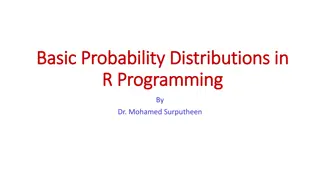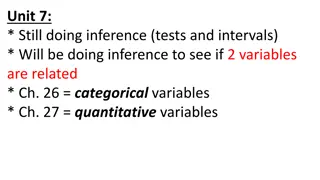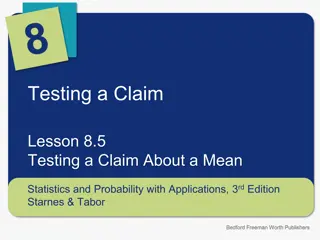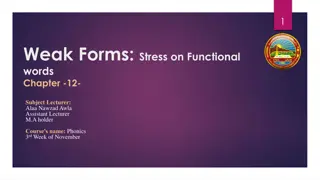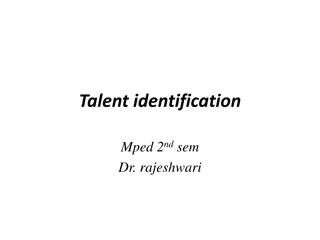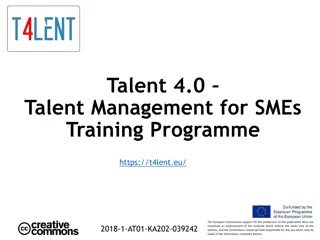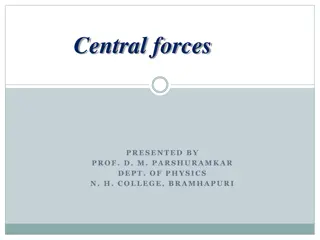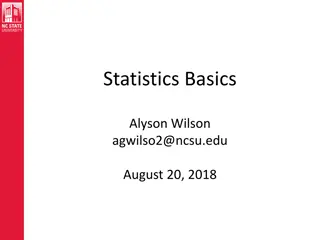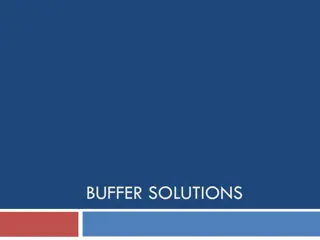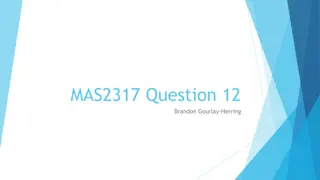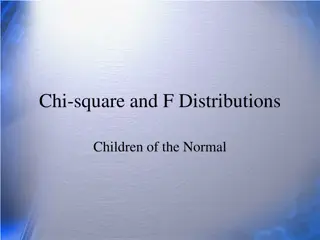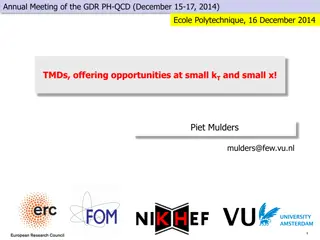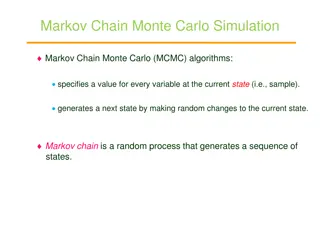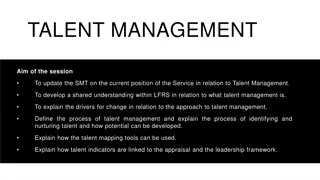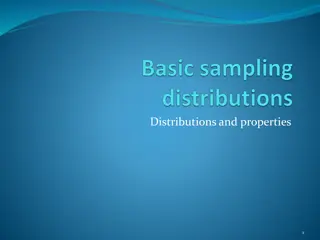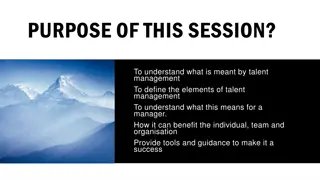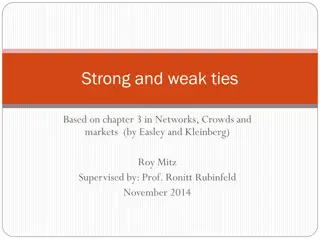Strong and Weak Links in Team Talent Distributions
Talent distributions within sports teams can vary greatly, affecting team performance. The concepts of strong and weak links in team dynamics are explored through examples in hockey, shedding light on how having the best player or avoiding the worst player can impact outcomes. The correlation between strong/weak links and team success is analyzed using player performance metrics like GAR.
Download Presentation

Please find below an Image/Link to download the presentation.
The content on the website is provided AS IS for your information and personal use only. It may not be sold, licensed, or shared on other websites without obtaining consent from the author. Download presentation by click this link. If you encounter any issues during the download, it is possible that the publisher has removed the file from their server.
E N D
Presentation Transcript
Strong and Weak Links: Talent Distributions within Teams ALEX NOVET HOCKEY GRAPHS @GHOSTOFNYLES
Teams with similar total talent levels can look very different Red Team Blue Team P.A. Parenteau Sidney Crosby Joel Ward GAR: 6.8 GAR: 17.2 P.A. Parenteau GAR: 6.8 Boone Jenner GAR: 7.1 Joel Ward GAR: 5.4 GAR: 5.4 Dan Girardi GAR: -3.2 Ben Hutton GAR: 6.0 Dmitry Orlov GAR: 7.2 Ben Hutton GAR: 6.0 Total GAR: 32.2 Total GAR: 31.1 My goal today is to convince you to pick the red team
Strong Link Game: The team with the best player usually wins Weak Link Game: The team without the worst player usually wins
Strong Link vs. Weak Link is a way of understanding how a system works and how to improve performance OR OR
It is not immediately clear if hockey is a strong link game like basketball or a weak link game like soccer Strong Link Game The team with the best player usually wins Weak Link Game The team without the worst player usually wins One player can easily get possession Each player has the ball a small fraction of the game Few players are on the court at once 1 goal can win a game, so mistakes matter Few players are on the ice at once 1 goal can win a game, so mistakes matter Weakest player can be hidden with limited ice time Best skaters only play a fraction of the game
We can begin to test this by examining the best and worst player on each team as measured by GAR The Strong and Weak Link are Uncorrelated The Strong Link is More Related to Success Correlation = -0.121 Strong Link Correlation = 0.348 Weak Link Correlation = -0.037
More formally, we can use a regression to show the strong link is the more explanatory player
If we think about talent as a resource, there are several techniques from other fields we can apply Many fields have ways to measure the distribution of resources 1 Statistics: Standard Deviation or Range 2 Business: Herfindahl-Hirschmann Index (HHI) 3 Economics: Gini Coefficient These have been used in sports before, but not in quite this way
Each of these measures looks at the distribution of talent throughout the entire team
Each of the regressions indicate that more extreme talent distributions do better than balanced ones
Implications Choose quality over quantity Trades Free Agency If you have to choose, spend money on the star, not the bench In the current draft system, tanking works Draft Hockey is about creating plays, not avoiding mistakes Coaching
Next Steps Review by a real statistician Incorporate goalies Improve on ranking system and address colinearity Incorporate marginal cost of improving a player given their role Thank you to Dom Luszczyszyn, Micah Blake McCurdy, and Dawson Sprigings for data collection help
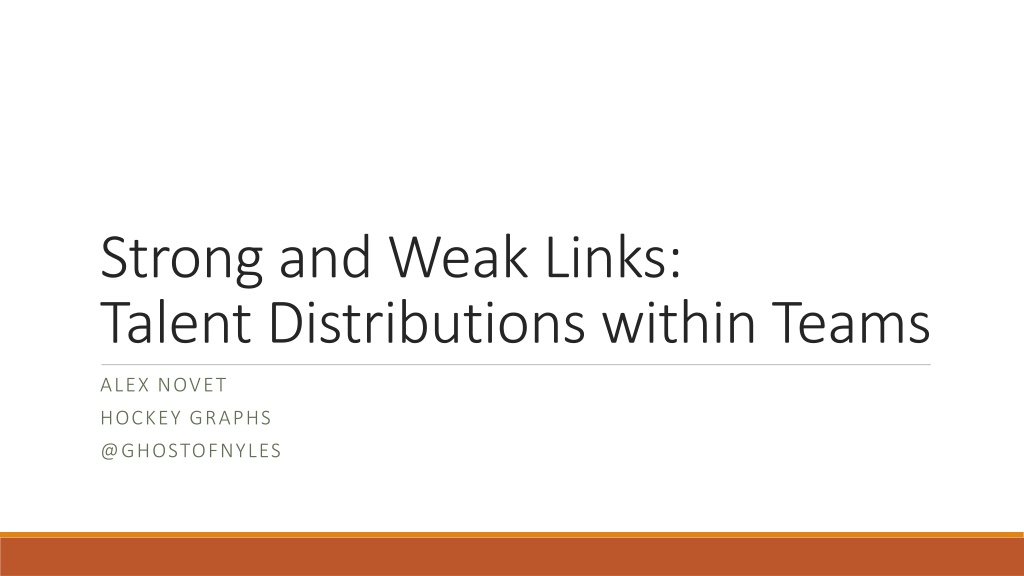
 undefined
undefined













